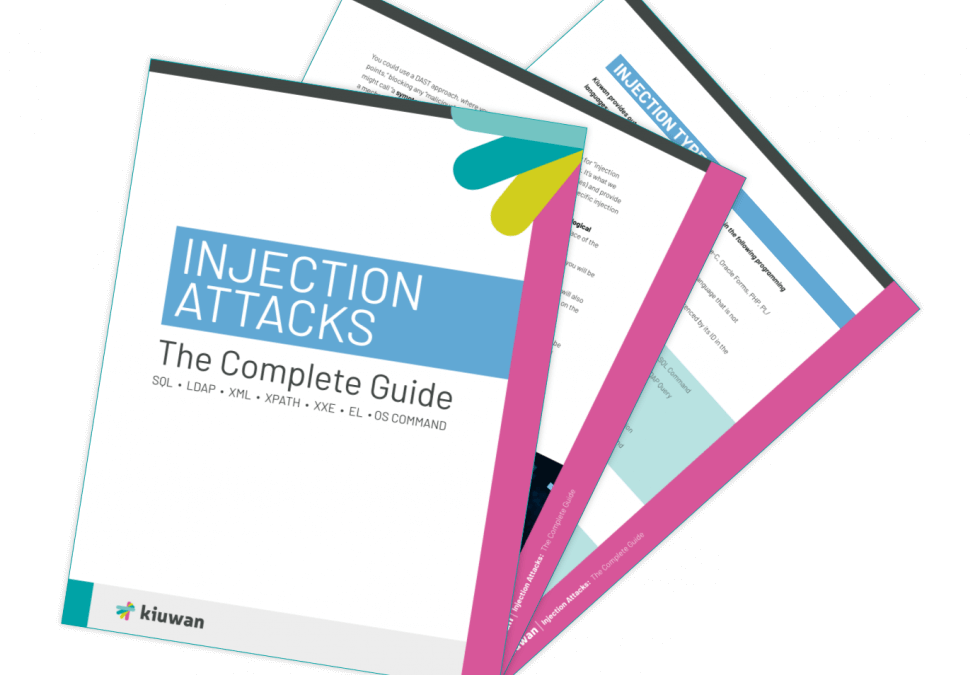
Injection attacks pose a significant threat to businesses worldwide. These are not only confined to one type but span across various forms, each presenting its unique challenges to the security of application code. Our eBook, “Injection Attacks – The Complete Guide,” takes you through a deep dive into understanding these attacks, from SQL Injection to OS Commanding and Cross-Site Scripting (XSS).
Explore the Intricacies of Injection Attacks
Injection attacks can take various forms, each exploiting different aspects of web application security. Our guide covers the most common types of injection attacks, including but not limited to SQL Query manipulations, OS command injections, and CRLF (Carriage Return and Line Feed) injections. By understanding these types of attacks, you can safeguard your web server against potential breaches.
Comprehend the Threat Landscape
In the realm of web application security, a well-informed team is your best defense. By learning about XSS attacks and the potential risks they pose, such as full system compromise and denial of service, you can proactively implement security measures in your application code. Delve deeper into the LDAP (Lightweight Directory Access Protocol) statements and learn how to prevent malicious HTTP requests from exploiting your system.
Identify and Remediate Injection Vulnerabilities
A crucial aspect of combating injection attacks is knowing how to identify and remediate these vulnerabilities. Our guide takes you through how injection attacks can target your web forms and provide actionable steps to secure your applications from SQL injection vulnerabilities.
OWASP Top 10 and Beyond
Our eBook also aligns with the OWASP Top 10, the standard guide for web application security, keeping you up-to-date with the latest developments in application security.
Download the eBook, “Injection Attacks — The Complete Guide,” today and fortify your business against the persistent threat of injection attacks. Equip your security teams with the knowledge and tools to tackle these threats head-on and ensure a secure application environment.